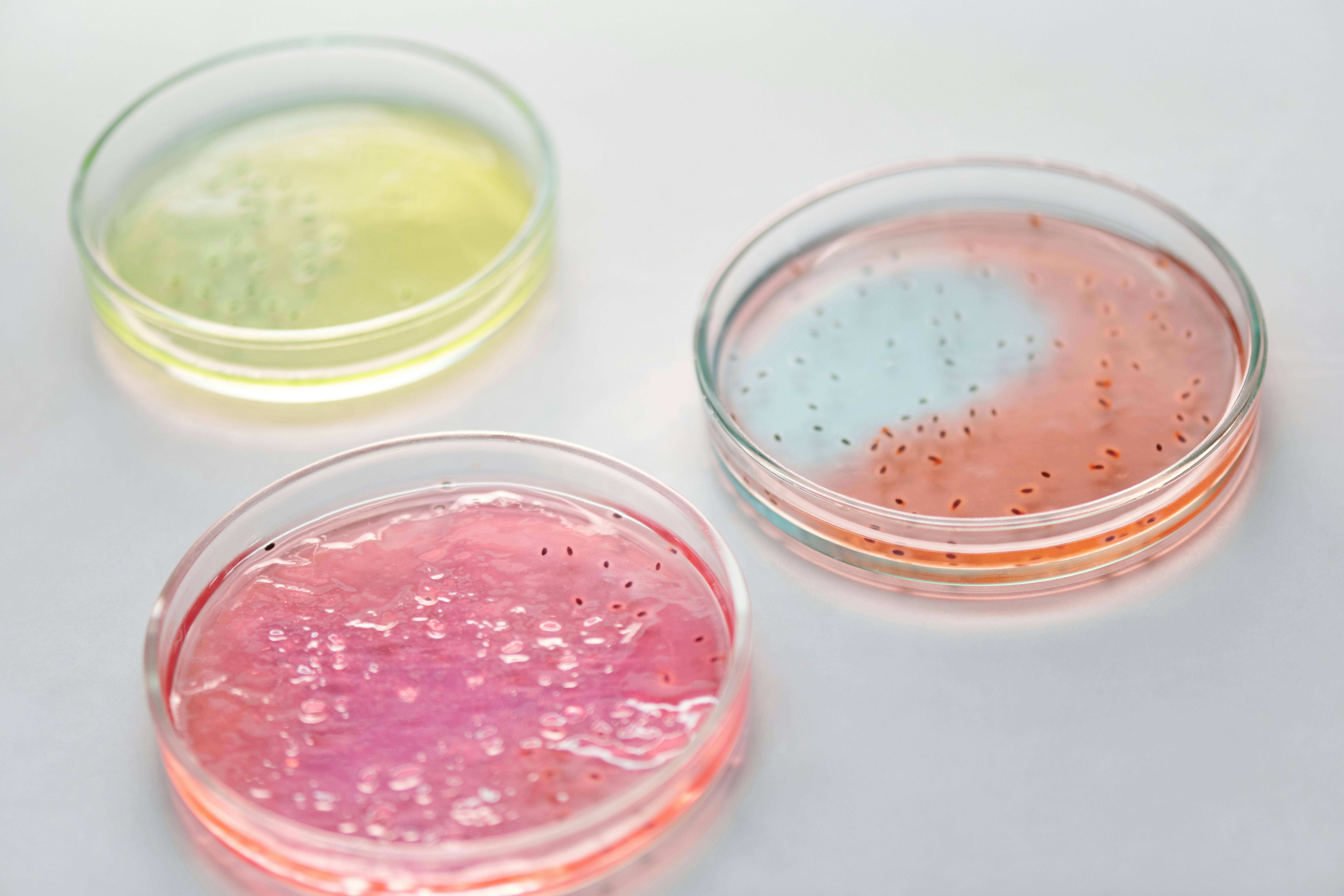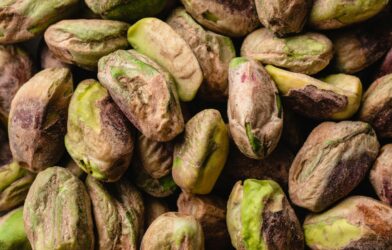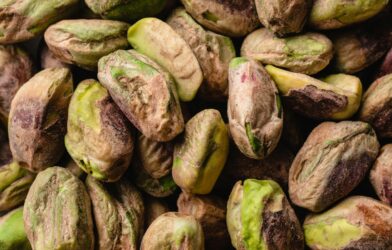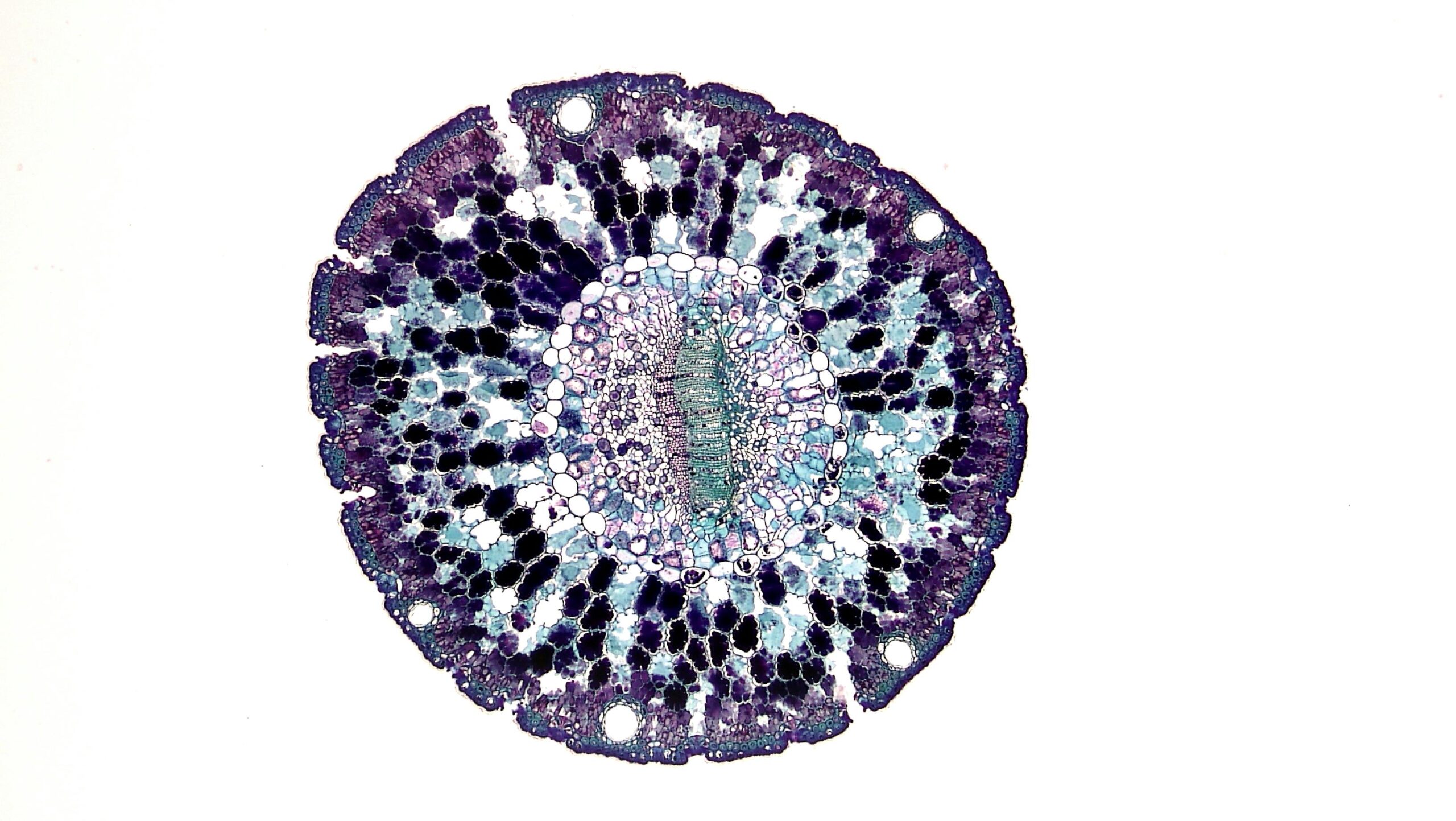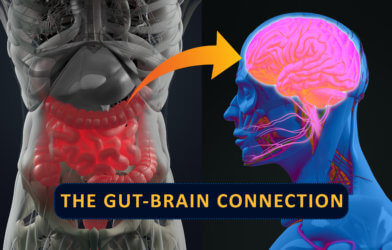For millions of Americans living with sickle cell disease (SCD), life is defined not just by the sudden, crippling agony of an acute pain crisis, but by a constant, pervasive daily ache. This widespread, persistent pain affects more than half of all adults with the condition and has long been a medical conundrum, often leading patients toward powerful, addictive pain medications. Now, a groundbreaking study published in the journal Cell Host & Microbe offers an astonishing answer: The chronic suffering linked to SCD isn’t just a blood issue, it’s a gut issue, driven by an imbalance of bacteria and a potent toxic waste product communicating directly with the brain.
The implications of this discovery are massive. It suggests that this exhausting daily pain could potentially be treated not with more opioids, but with a simple, non-addictive medication designed to interrupt a chemical signal, or perhaps even a common probiotic. As the study’s corresponding author, Dr. Katelyn Sadler, put it, “Our results are strong evidence that the contents of the microbiome in individuals with sickle cell might drive chronic pain.” This research points to a clear physical irritant—a chemical alarm bell—as the root cause of the chronic pain.
The Gut-Pain Connection in Sickle Cell
Sickle cell disease, the most common inherited blood disorder worldwide, causes red blood cells to become rigid and crescent-shaped. These misshapen cells jam up blood vessels, which leads to oxygen deprivation and the notorious, severe pain crises. But the everyday, widespread chronic pain is a different kind of monster entirely.
Scientists have zeroed in on the digestive tract as a critical player. People with SCD often show gut dysbiosis, which is simply a way of saying their internal community of bacteria—their gut microbiome—is out of whack compared to healthy individuals. The central question for the researchers became: Is this bacterial imbalance just a side effect of the disease, or is it an active driver of the chronic pain?
The Proof: Transferring Pain Between Mice
To prove that the gut contents were the actual source of the pain, the research team used a powerful technique called Fecal Microbiota Transplantation (FMT). They worked with special SCD mice engineered to have the same blood disorder as human patients. These mice, like the patients they model, exhibited extreme sensitivity to light touch—a symptom of chronic pain.
The experiment delivered a definitive result. First, when researchers took bacteria from the gut of healthy mice and transplanted it into the sickled mice, the chronic pain symptoms temporarily disappeared. This outcome showed the healthy gut material had pain-relieving qualities.
The reverse experiment was the smoking gun. When the team took gut contents from the sickled mice and transplanted them into a cohort of healthy, pain-free mice, those healthy animals developed chronic pain within days. This finding conclusively showed that something in the gut of the sickled animals could induce chronic pain in others. The contents of the digestive tract were, in and of themselves, pain-causing.
The Culprits: A Missing Bacterium and a Toxic Waste
Once the gut was identified as the source, the search began for the specific culprits. The team uncovered two major components that were critically imbalanced: one bacterium and one chemical byproduct.
On the bacterial side, the beneficial organism Akkermansia muciniphila was found to be at alarmingly low levels in the feces of both SCD mice and human SCD patients. This bacterium is known for its ability to strengthen the gut barrier. When researchers gave a commercial dose of this probiotic to the sickled mice, the treatment significantly reduced their sensitivity to touch and cold. This provides compelling evidence that a missing “good guy” bacteria contributes to the suffering.
The more potent culprit turned out to be a chemical called bilirubin. In SCD, the constant breaking apart of red blood cells—a process called hemolysis—floods the body with waste products. One of these main byproducts is bilirubin. Normally, gut bacteria break bilirubin down into harmless compounds. However, the SCD gut is missing the right bacteria to do this job, allowing bilirubin levels to surge and act like a direct irritant.
The finding that cemented this link came when the team simply gave a dose of bilirubin directly to healthy, pain-free mice. Within 30 minutes, these animals started showing clear pain behavior. This demonstrated that bilirubin is an immediate, pain-causing chemical. Furthermore, when the researchers transplanted fecal material from SCD mice that had been treated with the drug hydroxyurea (which reduces red cell breakdown and thus bilirubin), that feces did not induce pain in the healthy recipients.
The Brain’s Alarm System: How the Gut Sends the Pain Signal
A toxin in the digestive tract can only cause widespread pain if it has a way to signal the central nervous system. This direct line is the vagus nerve, often called the body’s superhighway, which runs from the brainstem to the major organs, including the gut. It forms the critical gut-brain axis.
The research revealed that the excessive bilirubin in the gut was directly over-exciting the vagus nerve. The nerve’s sensory junction box, responsible for reporting gut activity to the brain, became far more easily triggered.
The team isolated the precise mechanism: Bilirubin activates a specific molecular sensor on the nerve cells called TRPM2. Think of TRPM2 as a microscopic alarm bell. When bilirubin attaches to it, the bell rings incessantly, the nerve fires excessively, and the brain registers chronic, persistent pain.
To provide final confirmation, the researchers performed a minor surgical procedure on the sickled mice to cut the vagus nerve connection between the gut and the brain. The chronic pain was completely reversed. This outcome confirms the vagus nerve is the essential superhighway for maintaining the daily suffering.
Targeting this TRPM2 sensor presents a tremendous opportunity for new, non-opioid pain relief. The researchers tested a selective TRPM2 inhibitor drug called A23 in both sickled mice and in healthy mice that had received the pain-inducing fecal transplant. In both groups, the drug successfully reduced the extreme pain sensitivity. This provides a clear, actionable target for a new class of pain medication that simply interrupts the chemical alarm from the gut, rather than trying to mask the pain signal in the brain.
The mystery of chronic sickle cell pain has been solved with unexpected clarity. This research has successfully moved the discussion away from just blood cell problems and squarely onto a treatable chemical and microbial imbalance in the digestive system. This knowledge now gives us a specific, scientific target for alleviating the daily suffering that has plagued patients for generations: by simply fixing the gut.
Paper Summary
Methodology
The study primarily used transgenic mice engineered with sickle cell disease (SCD) and employed Fecal Microbiota Transplantation (FMT)—swapping gut contents—to prove chronic pain could be transferred or reversed. Pain was measured using behavioral tests (sensitivity to touch and cold). The researchers performed metabolomic screening to identify the toxin bilirubin and confirmed its effect by administering it orally to healthy mice. They used a surgical procedure (vagotomy) to cut the vagus nerve to confirm the neural pathway and used a drug (A23) to block the nerve’s sensor, TRPM2. The findings were validated using human biospecimens (blood and stool) from SCD patients and healthy controls.
Results
The key findings were:
- Pain Transferable: Transplanting gut contents from SCD mice induced chronic pain in healthy mice.
- Bacterial Imbalance: The beneficial bacterium Akkermansia muciniphila was low in both SCD patients and mice; supplementing with it reduced pain.
- Toxic Driver: The red blood cell waste product bilirubin was highly elevated in the gut and directly caused pain by activating the TRPM2 sensor on the vagus nerve.
- Mechanism Confirmed: Cutting the vagus nerve reversed chronic pain in SCD mice, confirming it as the communication pathway between the gut and the brain for this specific pain.
Limitations
The main limitation is that the detailed mechanism (bilirubin activating TRPM2) was established in mouse models. Further clinical research is required to confirm that this is the primary cause of chronic pain in human SCD patients. The study also noted that the specific way Akkermansia muciniphila provides pain relief still needs full characterization.
Funding and Disclosures
The work was funded by multiple grants from the National Heart, Lung, and Blood Institute (NHLBI), the National Institute of Neurological Disorders and Stroke (NINDS), and the National Institute of General Medical Sciences (NIGMS).
Publication Information
- Title: Gut microbiota and metabolites drive chronic sickle cell disease pain in mice
- Journal: Cell Host & Microbe
- Authors: Amanda M. Brandow, Samantha N. Atkinson, Zulmary Manjarres, …, Cheryl L. Stucky, Theodore J. Price, Katelyn E. Sadler
- Publication Date: October 8, 2025
- DOI: https://doi.org/10.1016/j.chom.2025.08.012

